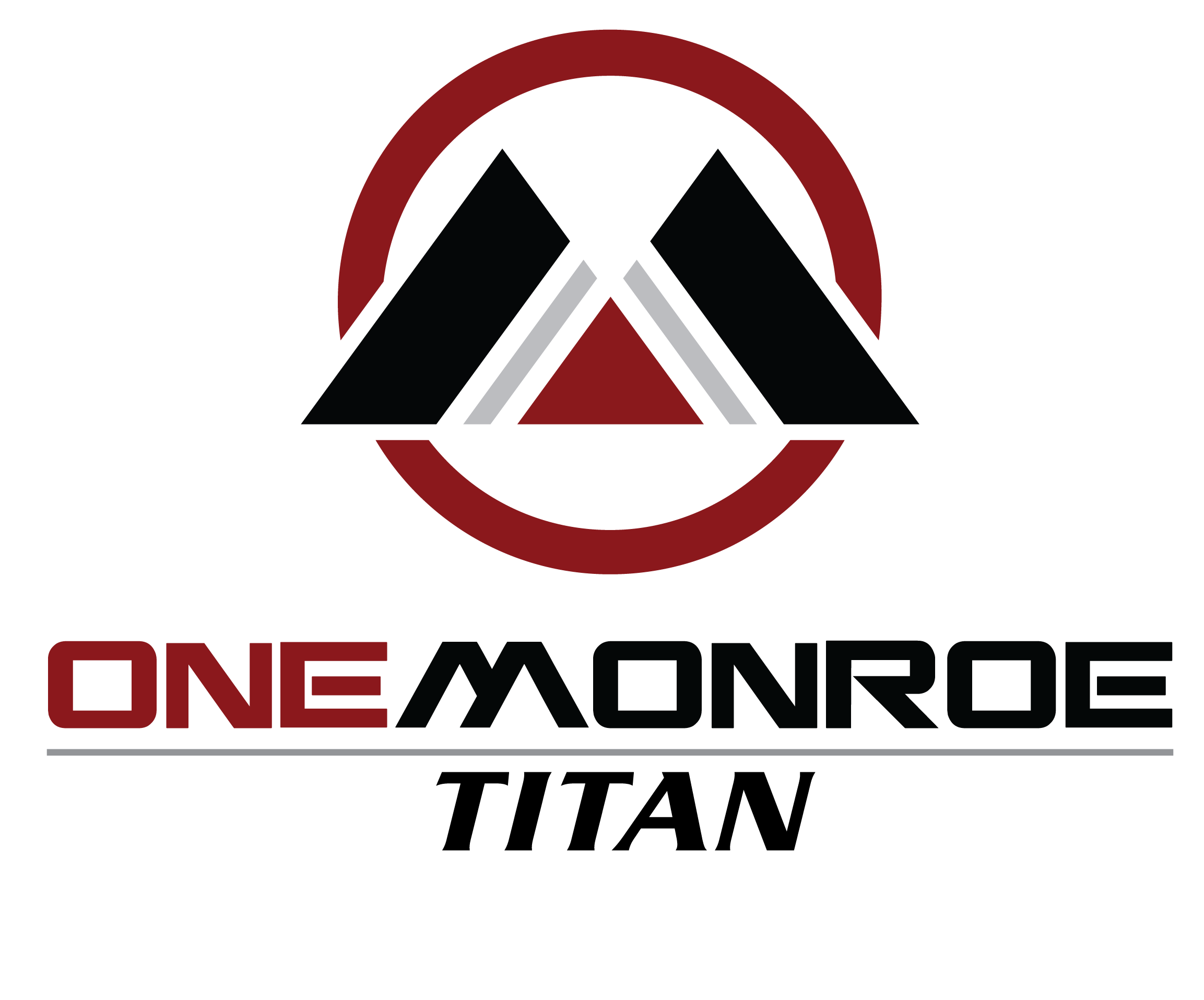
USE-2 wire, or Underground Service Entrance wire, is a type of electrical wire designed for specific outdoor and underground applications. Known for its durability and resistance to harsh environmental conditions, USE-2 wire is widely used in various industries. Understanding its advantages and disadvantages can help determine its suitability for specific projects and applications.
What is USE-2 Wire and What is it Made Of?
USE-2 wire is a single-conductor cable primarily designed for underground installations, often used in residential, commercial, and industrial settings. It is constructed with:
- Conductor: Made of either copper or aluminum, depending on the application, providing excellent conductivity and strength.
- Insulation: Encased in a durable cross-linked polyethylene (XLPE) insulation that offers superior resistance to heat, moisture, and abrasion.
- UV Protection: Its insulation is designed to resist UV rays, making it suitable for direct exposure to sunlight when used outdoors.
Advantages of USE-2 Wire
Durability in Harsh Environments
The XLPE insulation of USE-2 wire provides exceptional durability, allowing it to withstand extreme temperatures, moisture, and exposure to chemicals. This makes it ideal for underground installations and outdoor applications.
High Electrical Performance
USE-2 wire offers excellent electrical conductivity, ensuring efficient power transmission over long distances. This makes it suitable for service entrance applications where reliability is critical.
Cost-Effectiveness
Aluminum USE-2 wire is often more affordable than copper alternatives, providing a cost-effective solution for large-scale installations without compromising on performance.
Versatility in Applications
USE-2 wire is commonly used in:
- Residential: Provides power from utility poles to homes, particularly in underground service entrances.
- Renewable Energy: Used in solar power systems for connecting photovoltaic arrays to inverters or power distribution systems.
- Commercial and Industrial: Supports underground power distribution in factories, warehouses, and office buildings.
Compliance with Safety Standards
USE-2 wire meets stringent safety and performance standards, ensuring it can handle high voltage and current loads safely.
Disadvantages of USE-2 Wire
Limited Flexibility
Compared to other types of wire, USE-2 wire is relatively stiff due to its thick insulation, making it less suitable for applications requiring frequent bending or movement.
Installation Complexity
Underground installations often require trenching, conduit, and additional protective measures, which can increase labor and material costs.
Not Suitable for Indoor Use
USE-2 wire is designed exclusively for outdoor and underground applications and is not approved for indoor wiring or exposed installations.
Aluminum Conductors
While cost-effective, aluminum conductors are less durable than copper and may require additional care during installation to prevent oxidation or loose connections.
Conclusion
USE-2 wire is a durable and reliable solution for outdoor and underground electrical applications, offering excellent resistance to environmental factors and high electrical performance. Its versatility makes it ideal for residential, commercial, and renewable energy systems. However, its limited flexibility, installation complexity, and restrictions on indoor use may pose challenges in certain scenarios. By weighing the advantages and disadvantages, businesses and homeowners can make informed decisions about using USE-2 wire for their specific needs, ensuring safety and efficiency in their electrical systems.

